Ever wonder how we jumped from fuzzy phone calls to streaming 4K movies in a blink? The secret’s fiber optic technology. This slick invention drives high-speed internet, powers communication networks, and shrinks the digital divide across the United States.
We are about to unpack its journey from humble beginnings to 5G glory while tossing in juicy facts and real-world wins. Grab a coffee, and let’s explore how fiber optics changed the game!
The Evolution of Communication Inside the USA
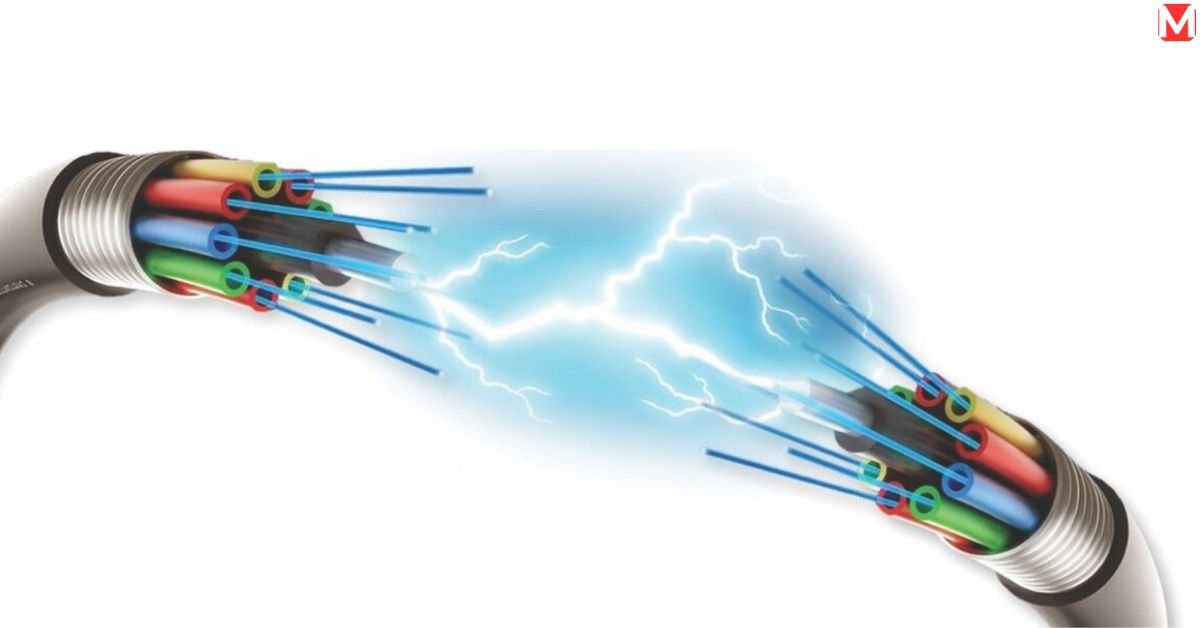
Imagine dialing a friend in 1950. The call crackles, then drops thanks, copper wires. Back then, the USA leaned on copper and coaxial cables for info transfer. They got the job done, barely, but slow speeds and fading signals plagued them. Then came the fiber optic revolution, rewriting the rules.
Early Days: Copper and Coaxial Roots
Copper wires carried voices nationwide, but they stumbled with data communication. Coaxial cables stepped up for TV and early internet, stretching a bit farther. Still, by the 1960s, engineers craved a leap forward. Fun fact: copper’s max speed hovered around 1 Mbps glacial compared to today’s fast internet.
Birth of Fiber Optics: A Game-Changer
In 1970, Corning Glass Works nailed a low-loss optical fiber, slashing signal loss to 20 decibels per kilometer. Using light transmission through glass fibers, they turned data flow into a speed demon. Chicago tested the first commercial system in 1977, juggling 672 voice channels. Small potatoes now, but a massive win then.
Digital Boom: Fiber Meets the Internet
The 1990s sparked a wildfire. Sprint rolled out a fiber cable backbone in 1986, and AT&T linked the US to Asia with trans-Pacific fiber optic cables by 1996. The internet boomed, and fiber internet fueled it. Those early digital networks hit 45 Mbps adorable next to 2025’s gigabit data speed.
Modern Era: 5G and Beyond
Fast forward to April 2025. Fiber optics now prop up 5G towers across the American region, slashing latency with killer bandwidth capacity. Researchers are even tinkering with quantum networking over fiber strands, promising unhackable info transfer. From copper clunkers to quantum dreams, the USA’s communication story rocks.
Blessings of Fiber Optic Generation for Communication
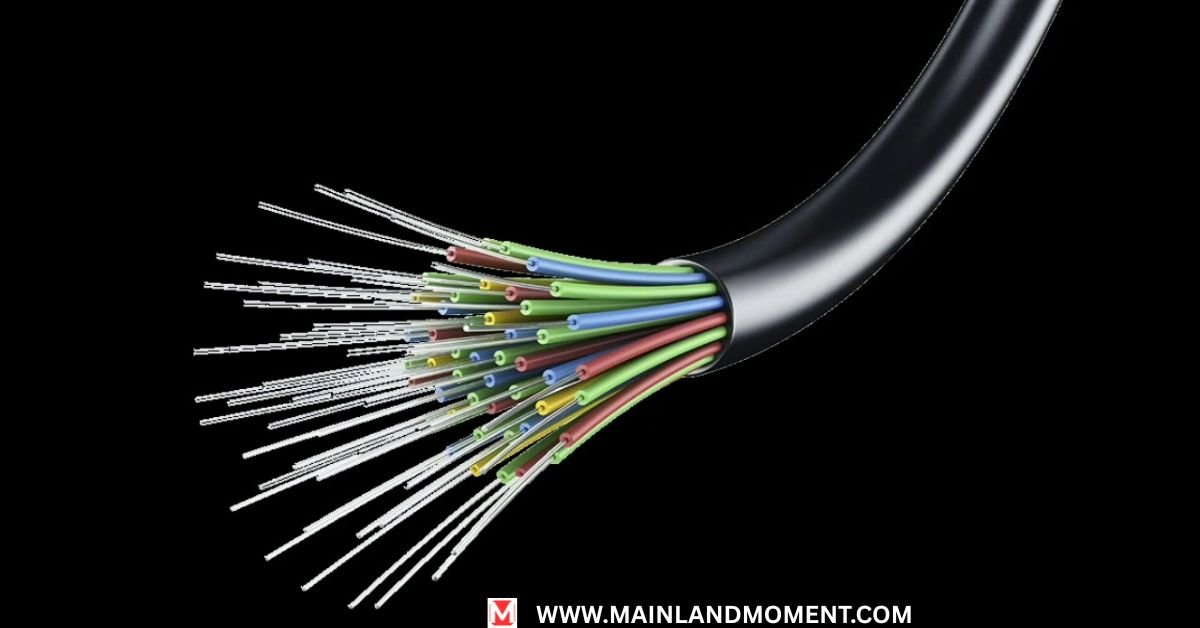
Why’s fiber optic technology the talk of the town? It’s not just buzz it delivers big. Whether you’re into video streaming, cloud computing, or crave a stable signal, optical fiber has your back. Let’s break down its superpowers.
Better Bandwidth and Pace
Bandwidth and speed are fiber internet’s bread and butter. Copper limps at 100 Mbps tops. Fiber optic cables? They scream at 100 Gbps, thanks to light transmission zipping through data cables. Perfect for HD video, gaming, or fast connectivity, it’s like upgrading from a tricycle to a rocket.
- Real Stat: Xfinity’s 10 Gbps service in 2024 hits 10,000 Mbps copper’s worst nightmare.
- Example: Download a 2-hour 4K movie in 10 seconds flat. That’s bandwidth usage on steroids.
Extended Reliability and Balance
Storms frying your connection? Not with fiber optics. These transmission lines laugh off electromagnetic interference and harsh weather. Signal loss? A puny 0.2 decibels per kilometer. That’s reliable communication a dependable connection you can trust.
- Case Study: Hurricane Sandy (2012) trashed copper networks in New York, but Verizon’s fiber strands kept humming.
“Fiber’s our lifeline copper can’t touch it,” said a Verizon tech post-storm.
Lengthy Distance Transmission
Need data transmission from coast to coast? Fiber optic cables shine here. They stretch thousands of miles with minimal repeaters, powered by tricks like erbium-doped amplifiers. It’s why telecom networks link New York to LA without breaking a sweat.
- Fact: The transpacific TPC-5 cable (1996) spans 22,500 kilometers still kicking in 2025.
- Perk: Fewer signal boosters mean lower costs and smoother digital signal flow.
Fiber Optic Deployment Inside the United States of America
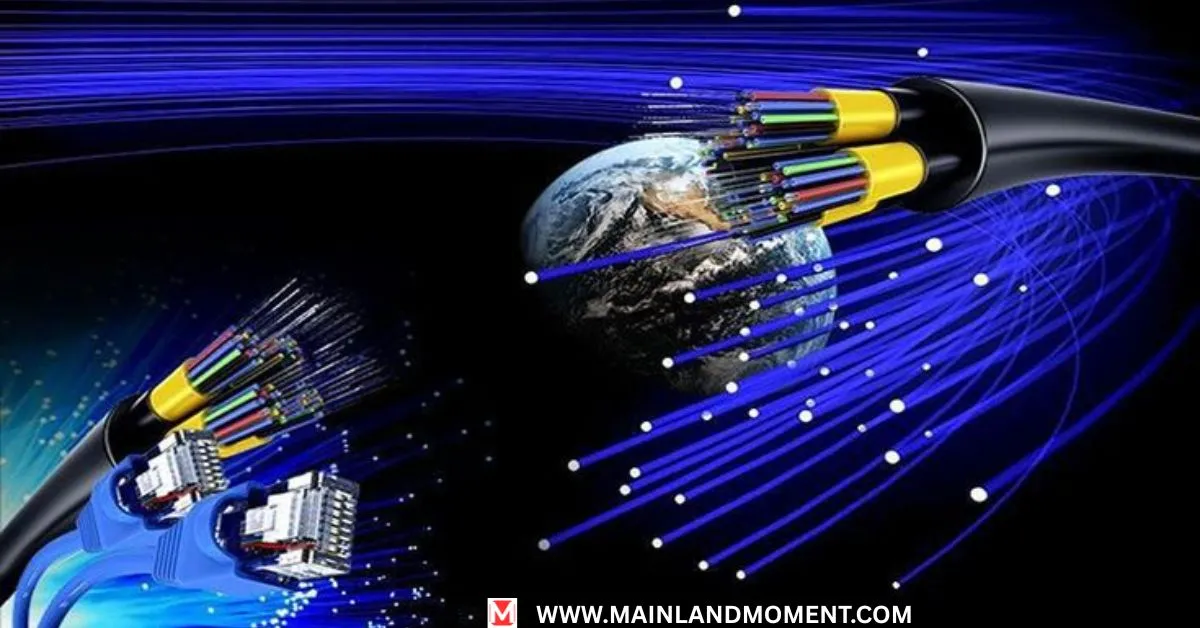
Rolling out fiber optic technology isn’t cheap or easy, but the United States is all in. From government cash to private sector investments, the push for faster internet is reshaping the nation. Here’s how it’s unfolding.
Authorities Tasks and Policies
The feds are tossing big bucks fiber internet. The 2021 Infrastructure Act dropped $42.45 billion into the BEAD program, targeting rural connectivity. The FCC’s Connect America Fund keeps chipping away at the digital divide, too. By 2025, these efforts aim to wire up 99% of the US.
- Stat: BEAD’s funded 14 million homes since 2022 huge for underserved areas.
- Goal: Universal internet access by 2030, says the White House.
Non-Public Sector Investments
Telecom titans like AT&T and Verizon pump billions into fiber cables. Google Fiber’s gigabit dreams hit cities like Austin, while Comcast’s Xfinity blankets suburbs. These corporate funding moves chase demand for data speed and cloud services.
- Figure: Verizon’s $20 billion fiber expansion (2023-2025) targets 30 million homes.
- Trend: Smaller players like Ting join the fray, boosting industry support.
Challenges and Progress
Laying optical wires costs $27,000 per mile in rural spots, per the Fiber Broadband Association. Sparse populations don’t help. Yet, public-private team-ups—like AT&T’s rural Ohio project are closing the tech gap. Progress? Slow but steady.
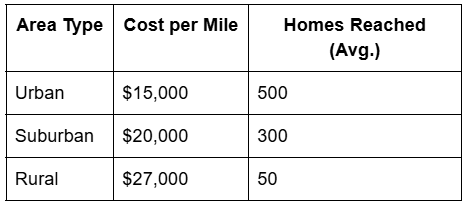
Win: Ohio’s 2024 pilot connected 10,000 rural homes, cutting access inequality.
Impact of Fiber Optic Technology on American Verbal Exchange
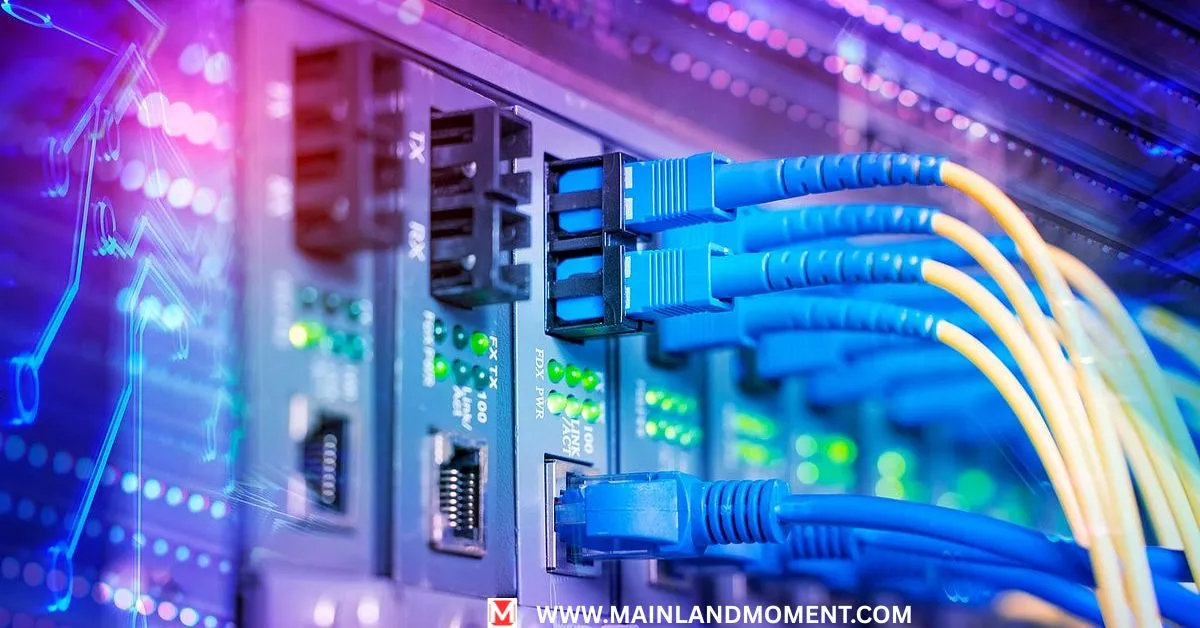
So, what’s fiber optic technology done for the USA? It’s turbocharged communication networks, opened doors, and powered businesses. Let’s see how it’s shaking things up.
Improved Get Entry to Excessive-Velocity Net
By 2023, 77.9 million U.S. homes had fiber internet, says the Fiber Broadband Association. That’s fast connectivity fueling remote work, online classes, and telehealth. Rural areas—once stuck with dial-up now join the broadband connection party.
- Stat: Fiber covers 48% of U.S. homes in 2025, up from 34% in 2020.
- Story: A Kentucky teacher streams lessons to 30 kids, no lag—thank you, fiber strands.
Stronger Communication for Agencies
Businesses thrive on reliable communication. Wall Street syncs trades in microseconds over fiber cables. Startups nail live streaming pitches. Cloud-based tech runs smoother with secure communication. It’s a competitive edge, coast to coast.
- Example: Amazon’s AWS leans on fiber optics for 99.99% uptime in 2025.
“Fiber’s speed is our secret weapon,” says a Silicon Valley CEO.
Frequently Asked Question
What’s the Difference Between Fiber and Cable Internet?
Fiber optics use light transmission through glass fibers for blazing data rate. Cable? It’s copper-based, slower, and prone to interference. Think 10 Gbps vs. 1 Gbps fiber internet wins.
How Fast Can Fiber Optic Internet Get in 2025?
Residential fiber cables hit 10 Gbps like Xfinity’s rollout. Commercial? 100 Gbps is live in cities like Seattle. Next up: 400 Gbps trials for fast connection freaks.
Why Is Fiber Optic Deployment Slow in Rural Areas?
Blame cost and logistics. Laying optical wires in underserved areas is priced at $27,000 per mile, and low population density drags ROI. Federal funds are speeding it up, though.
Can Fiber Optics Improve 5G Performance?
You bet! Fiber optic cables as 5G backhaul cut latency to 1 millisecond and boost bandwidth capacity. More towers, better network reliability it is a match made in tech heaven.
Conclusion
Fiber optic technology did not just tweak communication it rewrote the playbook. Faster data transmission, tougher network systems, and far-reaching internet access define its legacy in the United States. From rural Kentucky to bustling LA, fiber cables bridge gaps and power dreams. Looking ahead, quantum networks and universal fast internet loom large. The future’s bright literally, thanks to light transmission.
| Storage Capacity | Price (INR) |
|---|---|
| 128GB | ₹59,900 |
| 256GB | ₹69,900 |
| 512GB | ₹89,900 |
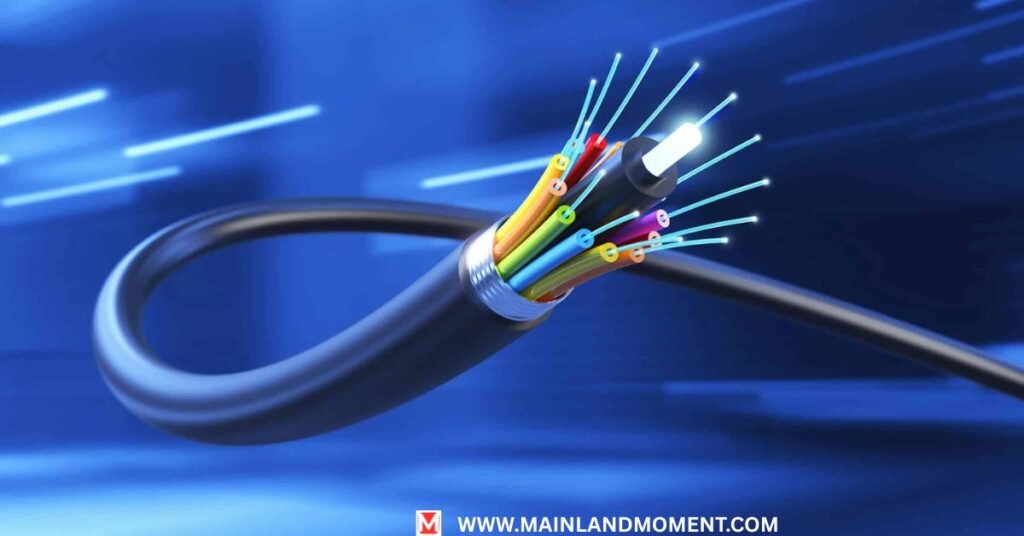


Pingback: How To Cancel Epoch Payment? Simple And Easy Methods To Stop Your Subscription
Pingback: Zhuoxin Data Technology: Revolutionizing The Future Of Data-Driven Innovation